Save 10% on all Bresser microscopes today only with voucher code: Microscope2021
On World Microscope Day, we invite you to immerse yourself in the world of small things. Discover unknown life forms in a drop of water, or look at familiar things up close and marvel at hidden structures, colours and shapes in nature or in everyday objects.
The world of microscopy is diverse
A microscope is an important tool in many areas, not only in microbiology and medicine, but also in industry, for testing or measuring the smallest components. But microscopy also has its own appeal as a hobby. Similar to astronomy, with a microscope you can dive into unknown worlds and discover glittering crystals, fascinating miraculous creatures in water droplets or iridescent insects. You don't have to be a scientist or spend a lot of money to have fun with microscopy. A portion of curiosity and an inexpensive stereo microscope will let you glimpse into the microcosm. If you enjoy observing nature and perhaps already own binoculars or a telescope, you should also take a look through a microscope. We will take you on a journey of discovery, let us inspire you.
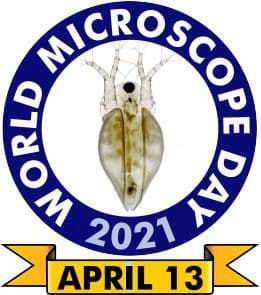
The history of the light microscope
The well-known history of the microscope begins in the early 17th century in Europe. While simple magnifying glasses as reading aids were already widespread much earlier, the microscope composed of several lenses was first demonstrated by the Dutchman Cornelis Drebbel in 1621. The relationship to the telescope lies not only in the name, but also in the optical construction. Galileo Galilei was able to observe even small things larger with his converted telescope. Whether Galileo's discovery was made by chance or whether he knew Drebbel's microscope is unclear.
The Dutchman Antonie van Leeuwenhoek discovered the microscope as a tool for biology. His simple but powerful microscope had only a single lens, but could visualise even the smallest microorganisms, e.g. infusoria and bacteria. He was perhaps the first to carefully study the wondrous worlds in a single drop of water and record them in drawings. He recorded his discoveries for posterity in countless letters to the Royal Society in London. The further development as a compound microscope consisting of objective and eyepiece, both also consisting of several lenses for colour correction, followed. The third optical element, the condenser, as a high-quality optical element only followed in the late 19th century, even though simple precursors were already in use with Robert Hooke around 1700.
Today, simple microscopes are affordable for everyone and show even children fascinating cells and microorganisms and lay the foundation for understanding nature. In science and research, they continue to be an indispensable tool for discovery. No matter in which environment you use a microscope, we at BRESSER have the right instrument and will be happy to help you.
World Microscope Day
The term "microscope" is composed of the Greek words for small "micron" and to see "skopein". The term originates from Johann Faber from Bamberg. His letter to the founder of the Accademia dei Lincei of 13 April 1625 establishes the term microscope and also sets the date for World Microscope Day. On this day, enthusiastic microscopists invite you to take a look through the microscope. Numerous activities, lectures or contributions in the social media will spark curiosity about the microscopic world.
Images under the microscope
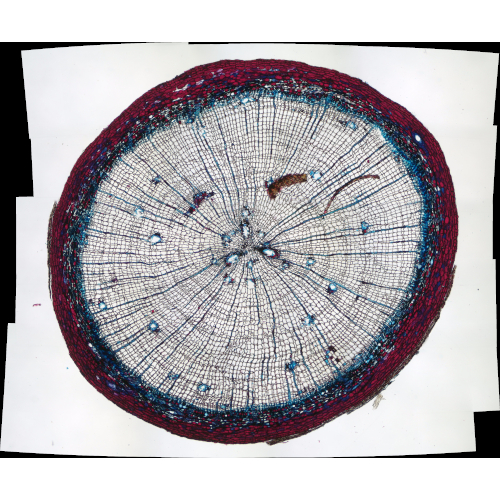 Branch cross section lime tree
Branch cross section lime tree
 Seaweed
Seaweed
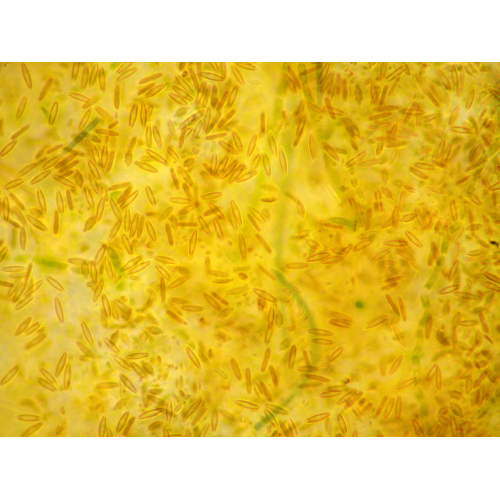 Diatoms
Diatoms
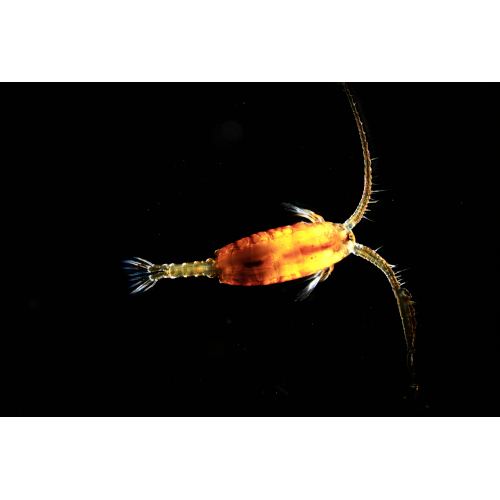 Cyclops hopper
Cyclops hopper
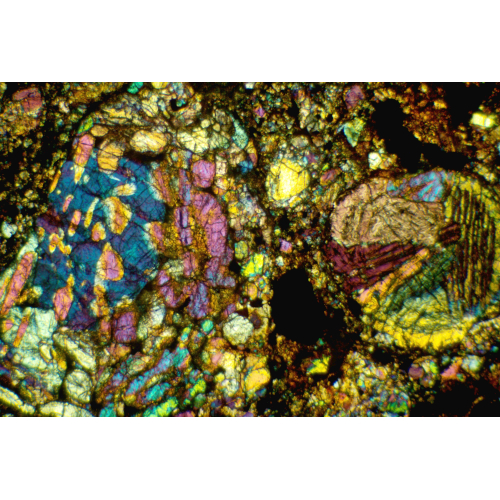 Meteorite polarisation
Meteorite polarisation
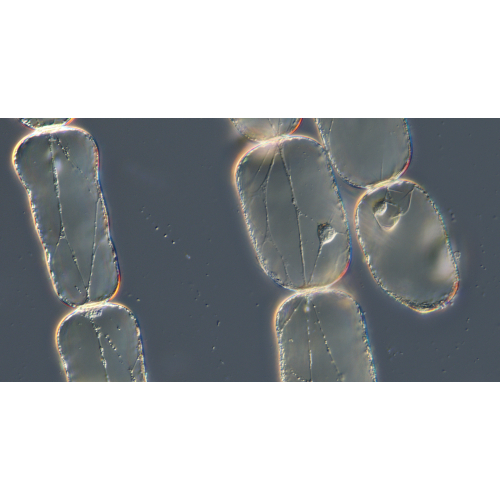 Three-master flower stamen hairs
Three-master flower stamen hairs

 Deutsch
Deutsch
 English
English
 Francais
Francais
 Español
Español
 Italiano
Italiano
 Nederlands
Nederlands
 Polski
Polski
